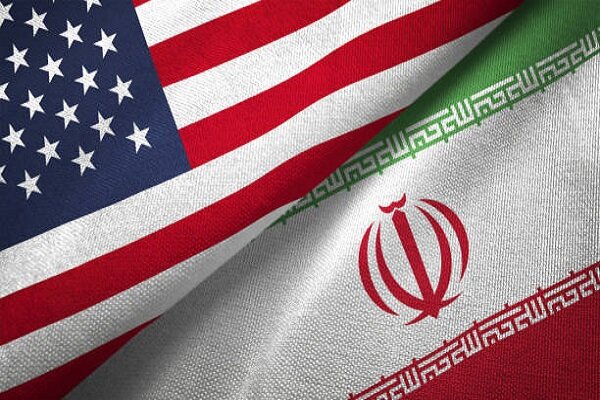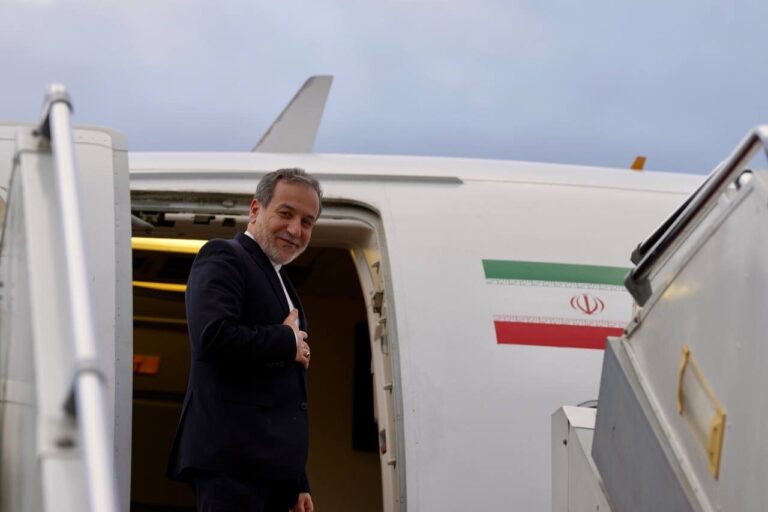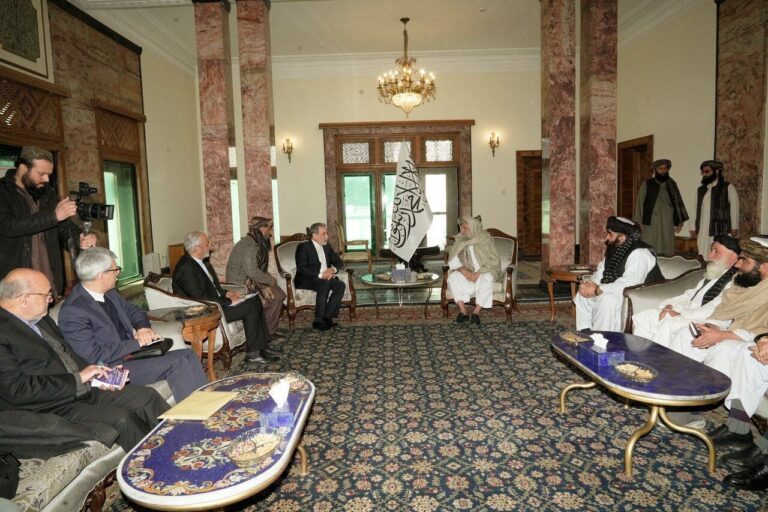Indirect Talks Between Iran and US Set for Saturday, Sources Reveal
In recent developments regarding diplomatic negotiations, a source informed Axios that discussions between the United States and Iran are set to begin in an indirect format. This initial approach may pave the way for direct engagement later in the day, provided the preliminary meeting yields positive results. The ongoing talks are crucial as they involve negotiations that could significantly impact international relations.
The White House has maintained that the nature of the talks with Iran will be direct. However, Iranian officials have expressed a preference for an indirect format, indicating a significant difference in the approach to negotiations between the two nations. According to Axios, the two sides are expected to remain in separate rooms, conveying messages through intermediaries.
On Wednesday, Iranian President Masoud Pezeshkian emphasized the position of the Leader of the Islamic Revolution regarding these negotiations. He noted that Ayatollah Khamenei has firmly stated that talks with the United States should be conducted indirectly, primarily due to a longstanding lack of trust between the two countries.
President Pezeshkian conveyed that the Iranian leader underscored the importance of conducting negotiations with dignity and maintaining national pride, which are essential tenets of Iran’s diplomatic stance. This insistence on indirect negotiations highlights the complexities and sensitivities surrounding diplomatic discussions between Iran and the US.
- Indirect Negotiations: Iran prefers to engage in negotiations indirectly due to trust issues.
- Direct Engagement: The US is advocating for direct talks, reflecting a more open diplomatic approach.
- Role of Mediators: Both parties are likely to use mediators to facilitate communication during these talks.
- Ayatollah Khamenei’s Stance: Emphasizes the need for dignity and national pride in all discussions with the US.
This approach indicates a cautious path forward for both nations, as they navigate the intricacies of their relationship. The ongoing tension, marked by historical events and differing political ideologies, makes any form of negotiation a delicate process. Engaging in indirect talks allows both sides to communicate concerns and expectations without the immediate pressures of face-to-face discussions.
As the talks progress, analysts are closely monitoring the developments, assessing how the outcomes may influence broader geopolitical dynamics in the region. The implications of these discussions extend beyond bilateral relations, potentially affecting alliances and power structures in the Middle East.
Moreover, the outcomes of these negotiations could have significant repercussions on international policies regarding sanctions, trade, and security. A successful dialogue may lead to a thawing of relations, while a breakdown in talks could further entrench existing hostilities.
In conclusion, the forthcoming negotiations between the United States and Iran, characterized by indirect communication, reflect the complexities of their historical relationship. With key figures emphasizing the importance of trust and national pride, the path forward remains uncertain yet crucial for future diplomatic interactions.






